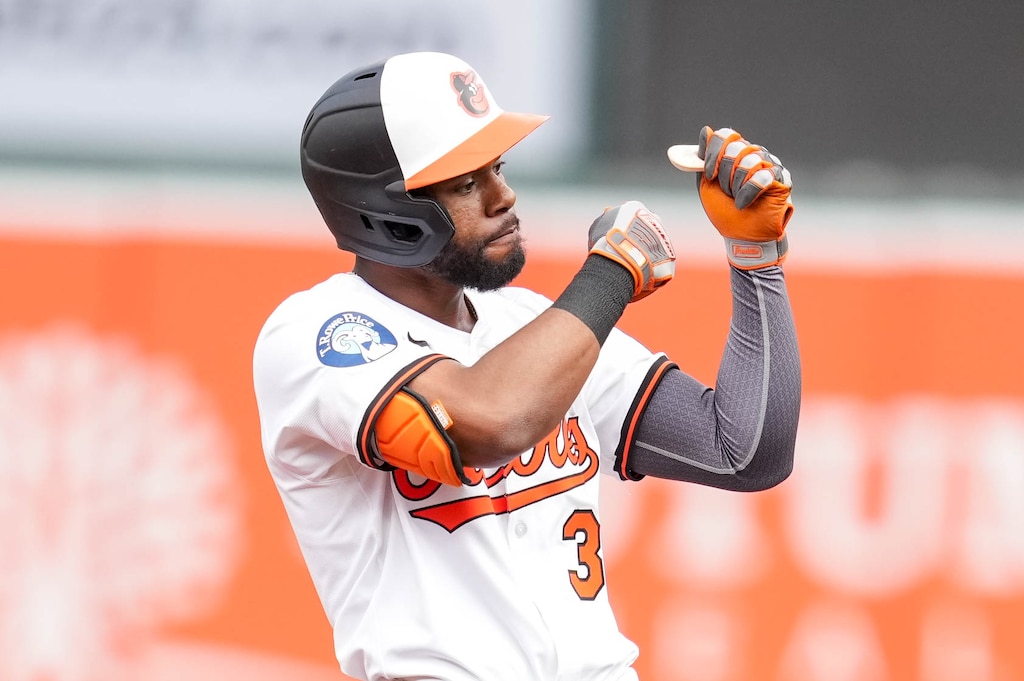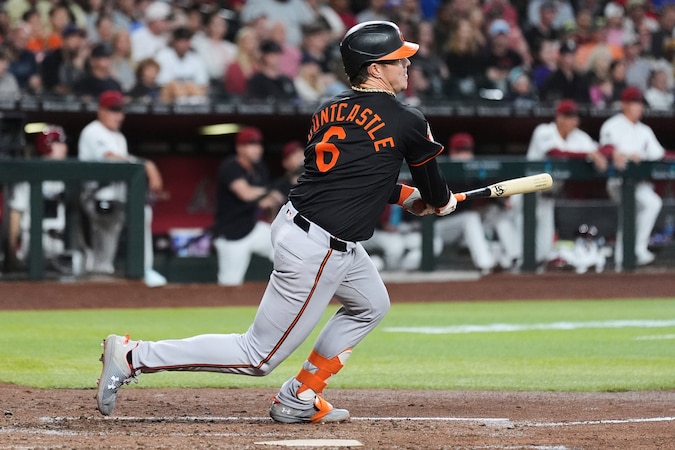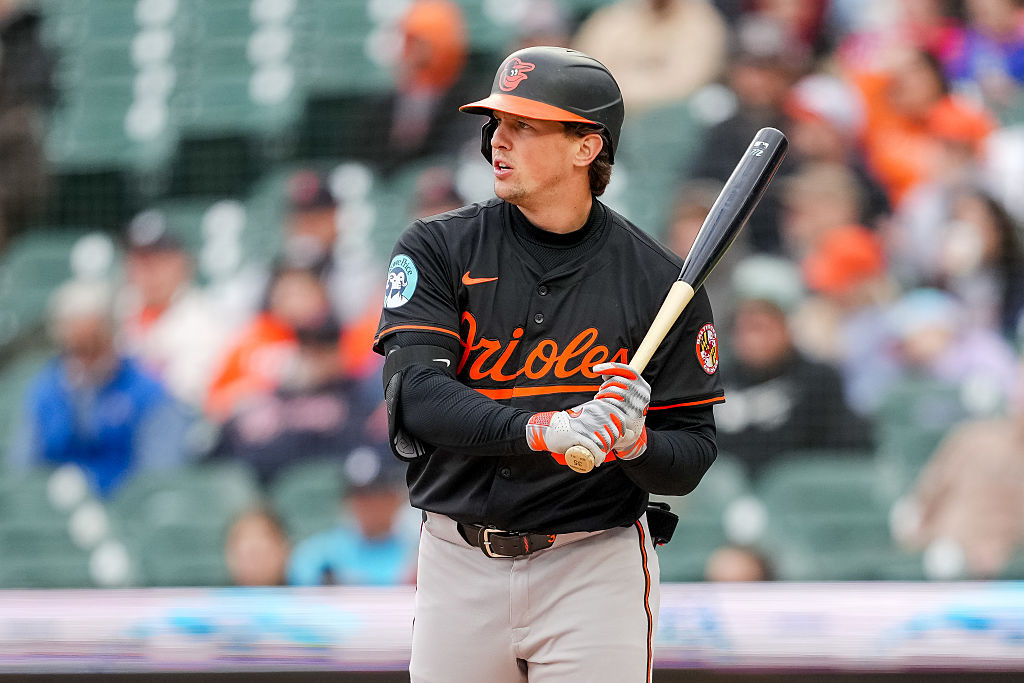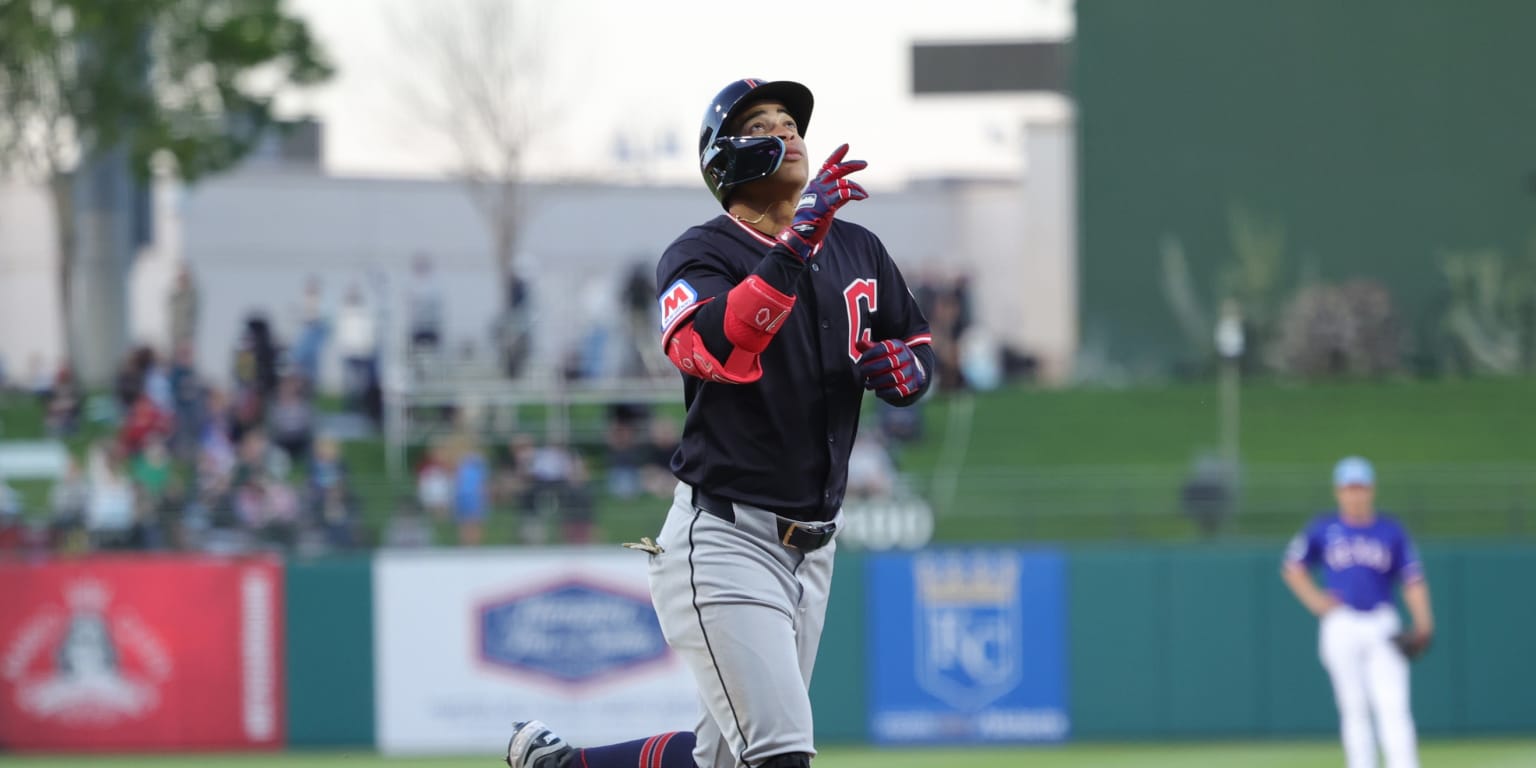A miserable week for the Orioles as a whole was made worse by the fact that the offense, which was supposed to be the strength of the team, rehashed all of its worst traits from their 2024 second-half struggles.
It’s pretty easy to feel bad about where things are going, early as it is.
The level of concern, dismay or really any emotion, however, on the individual level comes down to the ability to separate last year’s struggles down the stretch from this year’s concerns.
My own personal interest in doing that is waning by the day, so it felt worth breaking down whether all the things I believed a healthy group of everyday players and some improved right-handed hitters could help get back on track actually are. (We are comparing stats after June 21, 2024, with those from 2025, through Saturday’s games.)
The Baltimore Banner thanks its sponsors. Become one.
Hitting lefties
The Orioles’ offseason moves among their position-player group were meant to shore up the team’s right-handed-hitting depth and create opportunities to rest their left-handed bats without much drop-off. Much drop-off has occurred, no matter how you look at it.
As a team, they’re hitting .178 with a .508 OPS against lefties (and that was before seeing Cy Young winner Tarik Skubal on Sunday), with only Ramón Urías and Cedric Mullins boasting an OPS over .600 against lefties. Even given the sample size we’re dealing in, that feels wild. Gary Sánchez entered Sunday with an .063 OPS against lefties, Tyler O’Neill .190, Jorge Mateo .231 and Ramon Laureano .355. All those players are here for a variety of reasons, but to play against lefties and presumably perform better than that is the main one. None is so far.
Factor in underperformance from Adley Rutschman, Ryan Mountcastle and Jordan Westburg and you end up with the league’s worst OPS against lefties.
It should come as no surprise that this is worse than a year ago. When the team struggled down the stretch last year, it was largely because of injuries to Westburg, Mountcastle and Urías, but the Orioles were still a bit better than league average against lefties with a .724 OPS and a 107 wRC+ from June 21 on.
Urías was again their best hitter against lefties in that stretch, Mountcastle and Gunnar Henderson were better against lefties, and Anthony Santander hit seven homers off them in the period in question, with only a .702 OPS to show for it.
The Baltimore Banner thanks its sponsors. Become one.
Reliance on the home run
About those homers. I never bought the idea of a team hitting too many home runs as a bad thing and never will. It seems as if this year’s club is a little less reliant on the home run, but the overarching problem of the team’s inability to push runners across without home runs seems to amplify the issue.
This year’s team has 108 runs scored after being shut out Sunday, and 47 have come on home runs (43.5%). From June 21 on last year, the Orioles plated 182 of their 396 runs on homers, or 46%. So progress, I suppose.

They’re scoring a little more often without the benefit of home runs, but the hot-and-cold nature of the home runs themselves seems to be emblematic of the offensive issues as a whole. Some nights the team hits, and a lot of home runs come from that. They hit six on opening day in Toronto and five on April 19 against the Reds.
Those are two of five games in which they have had three or more home runs. In four others they have had two, and in five they have had one, leaving 13 with none at all. Naturally, they win more when they homer more, and the prolific games have been fewer and farther between.
That’s because there are some sluggers who aren’t doing much slugging at the moment. Mullins leads the team with six home runs, and Ryan O’Hearn has four, as does Rutschman. But Henderson, despite hitting the ball especially hard all season, has just two as he’s trying to regain his timing following an injury that cost him the first week. Westburg has one since the first series in Toronto. Mountcastle has one all season.
The Baltimore Banner thanks its sponsors. Become one.
These are things that even out over the course of a long season, especially for players with a track record. But there’s meant to be more power from this lineup, and I bet they’d love at this point for the amount of runs they score to feel disproportionately skewed toward homers.
Runners in scoring position
Last year’s issues getting runners in scoring position home ended up undermining an impressive overall offensive season for the Orioles, and last week in particular highlighted just how severe those issues are this year.
Of course, that week of situational hitting was one of five this season. The Orioles have had three weeks of above-average offensive production with runners in scoring position (measured by wRC+), with two very bad ones. On April 20, you could have looked at how they were hitting .239 with a 111 wRC+ with runners in scoring position and felt fine about it. After last week, there’s less to feel fine about.
And yet. They entered Sunday striking out less often with runners in scoring position (22.7% of the time this year vs. 23.6% after things fell off in 2024), and they were pretty meaningfully underperforming their expected stats in those situations for 2025. That’s no consolation, but it wasn’t the case last year as they were struggling to get runners from second and third home, so there’s at least some difference to last year’s struggles.
One thing remains constant: Good hitting with runners in scoring position is the same as good hitting without them. Hard elevated contact is rewarded over the long haul, and when the Orioles’ expected producers get to that consistently overall, it will come in these run-scoring situations.
Quality contact on hitter’s pitches doesn’t really matter where splits are concerned. The Orioles should get back to that as quickly as possible.


